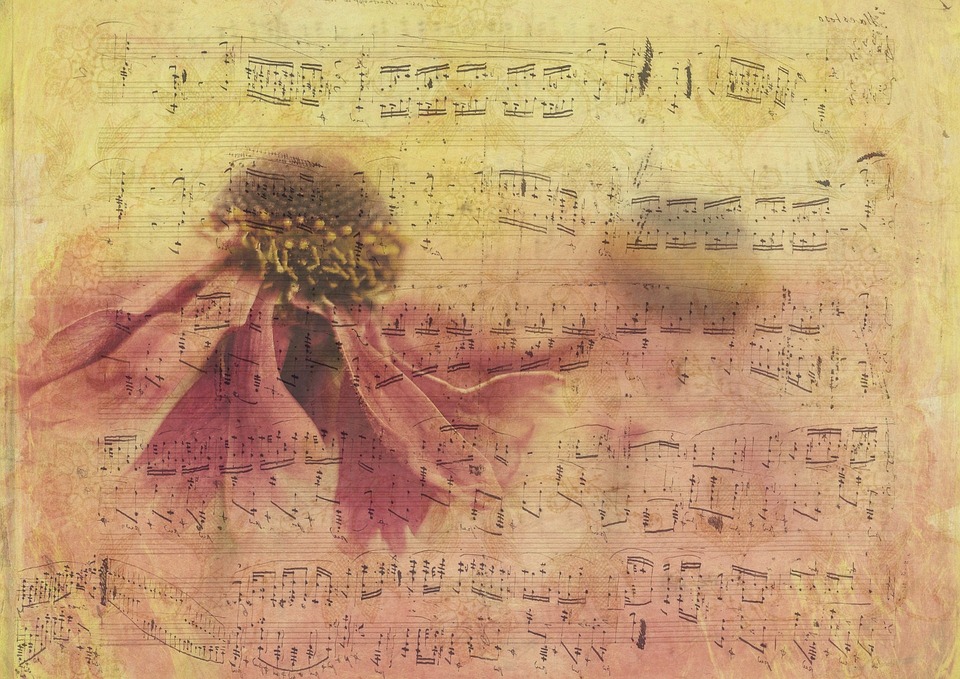Korean gift wrapping paper, known as bojagi, is a traditional art form that has been passed down for generations in Korean culture. Bojagi is not just a means of wrapping gifts, but a form of artistic expression that reflects the beauty and elegance of Korean aesthetics.
Bojagi comes in a variety of materials, patterns, and colors, with each piece handcrafted to perfection. The art of bojagi involves meticulous attention to detail and precise folding techniques to create stunning and intricate designs. Traditionally, bojagi was made from hanji, a traditional Korean paper made from mulberry bark, but modern bojagi may also be made from silk, cotton, or other fabrics.
One of the most distinctive features of bojagi is its use of geometric patterns and bold colors. Traditional Korean motifs such as flowers, butterflies, dragons, and clouds are often depicted in bojagi designs, symbolizing good fortune, prosperity, and happiness. The vibrant colors and intricate patterns of bojagi reflect the rich cultural heritage of Korea and add a touch of elegance and sophistication to any gift.
In addition to its aesthetic appeal, bojagi is also practical and eco-friendly. Unlike Western gift wrapping paper, which is often thrown away after one use, bojagi can be reused and repurposed for various purposes. Bojagi can be used as a table runner, wall decoration, or even as a fashion accessory, making it a versatile and sustainable option for gift wrapping.
The art of bojagi has gained international recognition in recent years, with Korean designers incorporating bojagi-inspired patterns and techniques into their fashion and home décor collections. Bojagi workshops and classes are also popular among those looking to learn the traditional art of gift wrapping and create their own bojagi masterpieces.
Whether used for wrapping gifts or as a decorative accent in the home, Korean gift wrapping paper holds a special place in Korean culture as a symbol of creativity, craftsmanship, and tradition. So next time you receive a gift wrapped in bojagi, take a moment to appreciate the artistry and skill that went into creating such a beautiful and meaningful piece of Korean culture.

